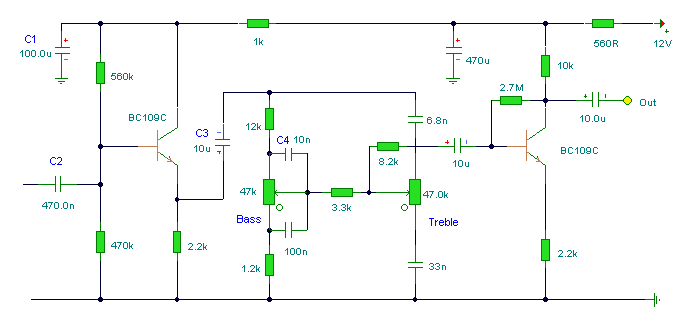Last one for awhile (I keep forgetting things). I also wanted to know if there's any value in getting digitially metered and "matched sets" of pots, like here:
The Hoagland Brothers Guitar Company || Pickerington, Ohio || potentiometers
Does it make a difference? Again, thanks.
The Hoagland Brothers Guitar Company || Pickerington, Ohio || potentiometers
Does it make a difference? Again, thanks.



 But we're getting off-topic, if this interests you look out for another thread about this in the next couple weeks.
But we're getting off-topic, if this interests you look out for another thread about this in the next couple weeks. 

Comment